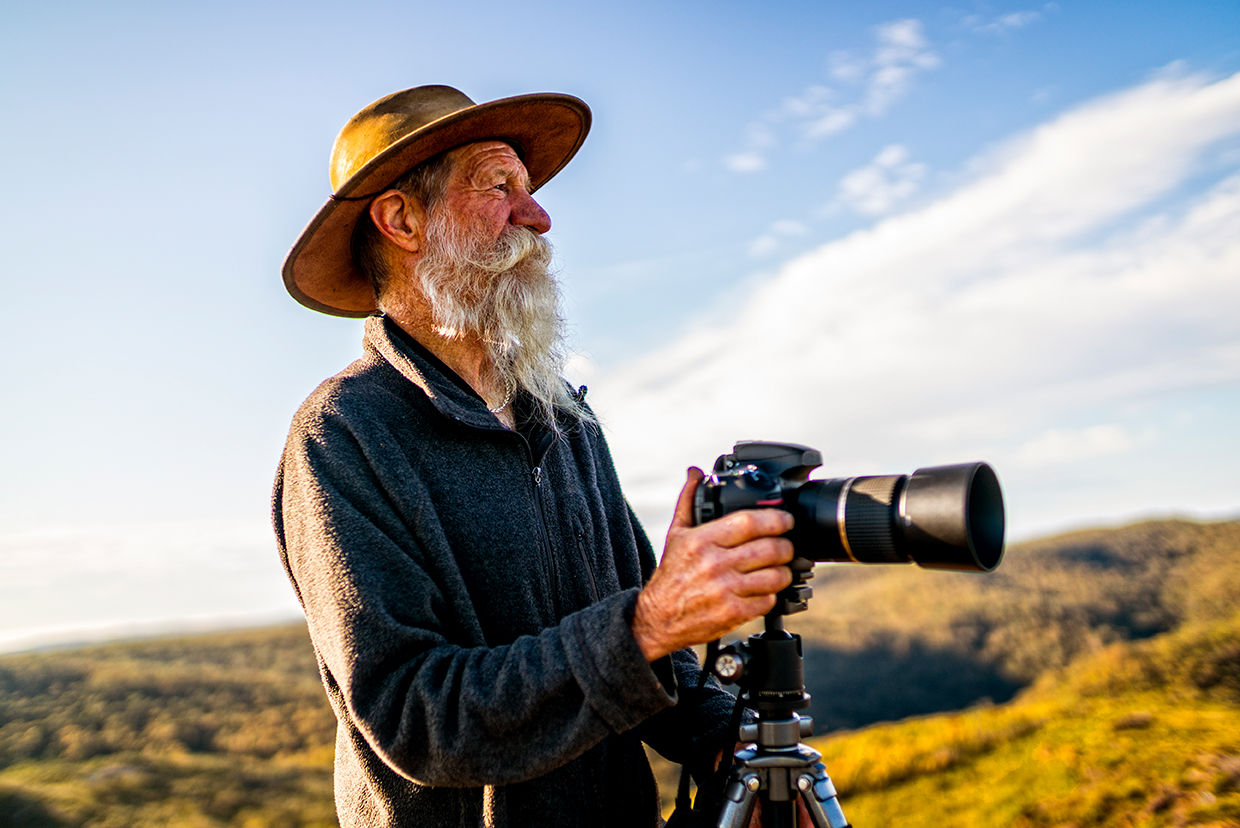
The History of Photography from Its Beginnings to Today
Photography has been a popular media form since its creation. It enables us to document, experiment, and remember. Having a camera might have been something special 100 years ago, but today it’s nearly impossible to go through day-to-day life without digital technology. Everything has to be captured: every meal, every holiday, and every party can be recorded for eternity thanks to this small companion.
Life without photography today would be unthinkable. Starting around 175 years ago, photography has become a part of everyday life for the average citizen and has become more and more important over the years. This series will show you the most important milestones and ground-breaking inventions in photography divided into 9 parts.
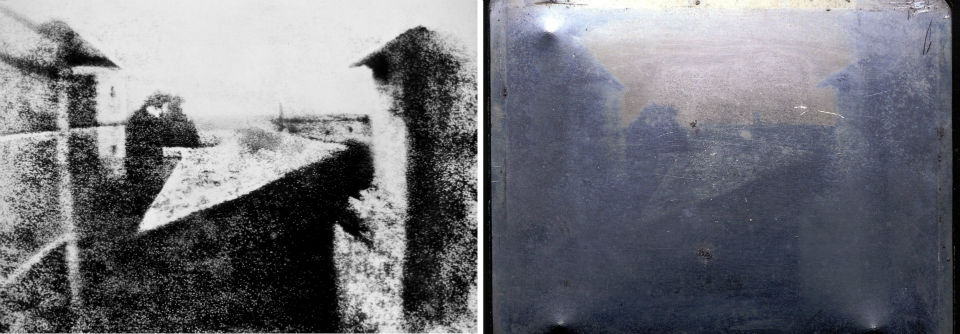
Part 1: The First Photographs from 1839 to 1880
In the first part of the history of photography we go all the way back to the beginning. The 19th of August 1839 is seen as the birthday of photography. The Academy of Arts sends out invitations in Paris and presents the camera obscura. Ten years prior to this, Joseph Nicéphore Niépce had already successfully taken the first photograph with this kind of camera.

Part 2: The Industrialisation of Photography
Industrialisation also had a large impact on photography. In 1890, roll film cameras replaced the then-common plate camera. The second part in this series covers this as well as the Kodak No. 1.
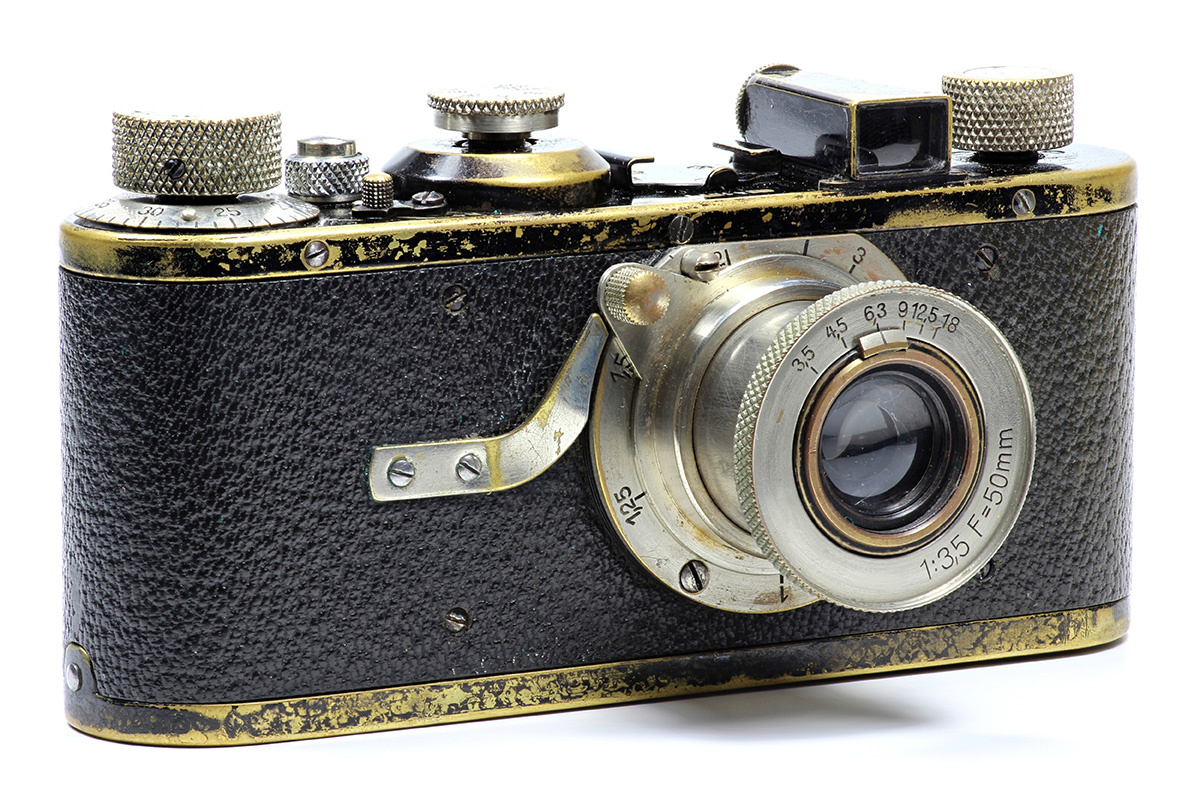
Part 3: Photography from 1925 and the Development of the Leica
Ernst Leitz II and Oskar Barnack revolutionised the world of photography with the Leica and its 24x36mm film format. It was first presented at the spring fair “Kino, Foto, Optik, und Feinmechanik” (Cinema, Photo, Optics, and Precision Engineering) in Leipzig, Germany. Also worth mentioning is the first successful creation of an electronic flash by Harold E. Edgerton. Adding onto this invention, the Exakta Modell B from the German firm Ihagee, based in Dresden, was the first camera with built-in light synchronization.
Part three of the history of photography covers the much-loved 35mm film Leica camera as well as the invention of the electronic flash.
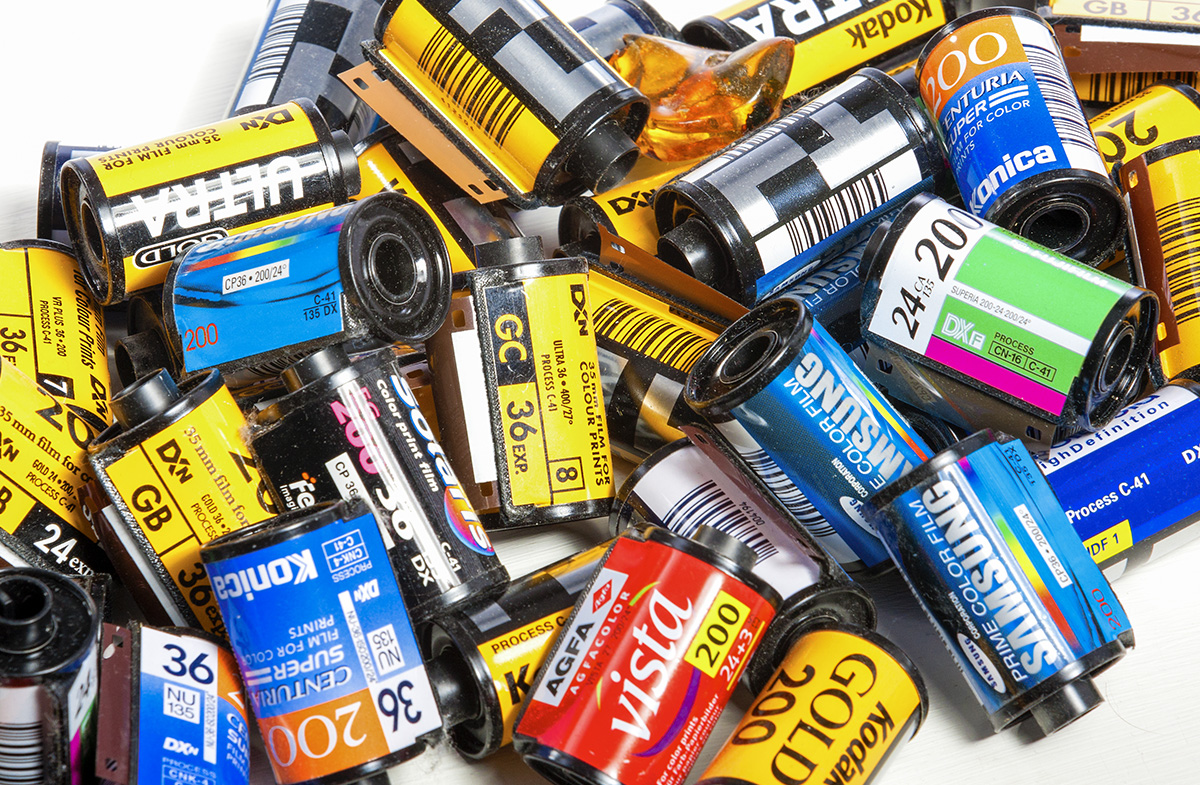
Part 4: The Discovery of Colour Film in 1936
In October 1936, the first colour film for all cameras was introduced, the “Agfacolor-Neufilm.” Before this point in time, colour film was already available for cameras, but it was only manufactured for Leica and Contax cameras. Agfa made it possible to take colour photographs for everyone. In the fourth part of the series, you can read the exciting history of this colour film company.
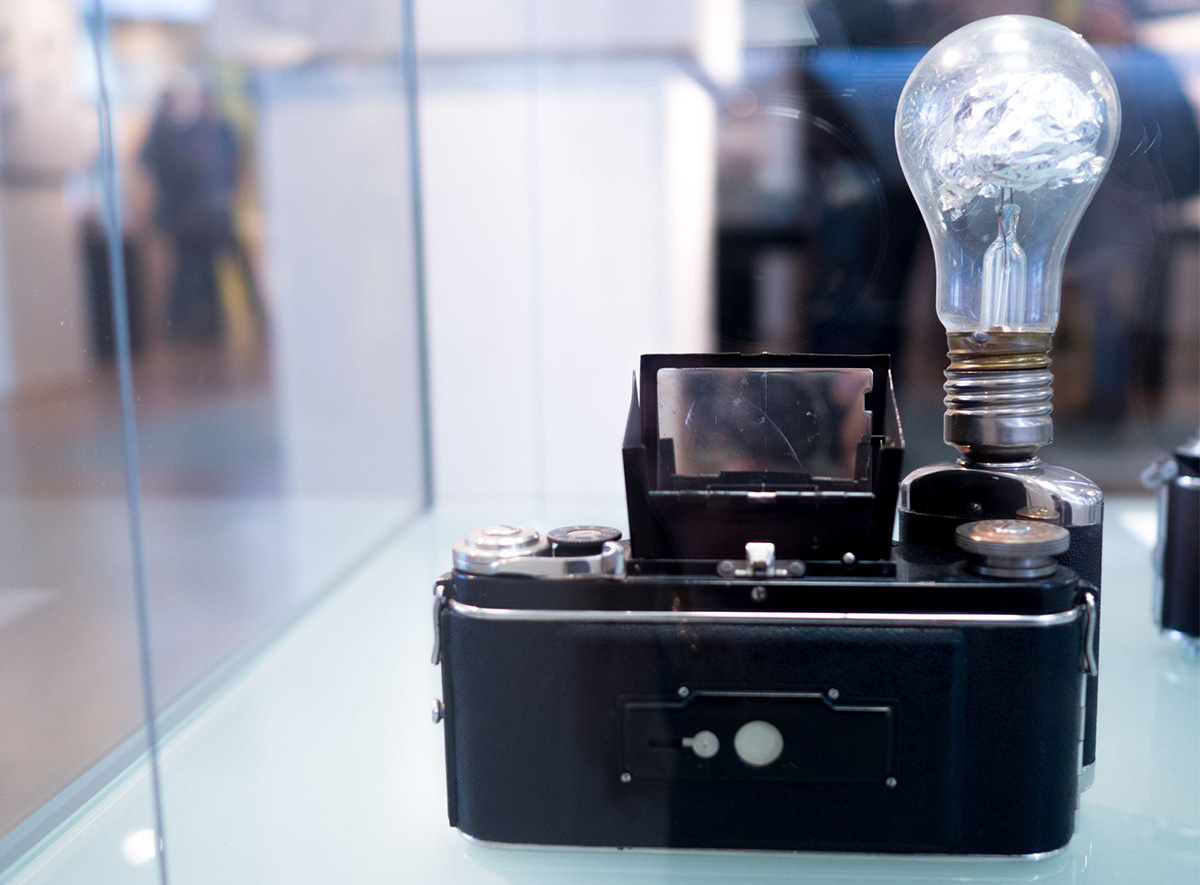
Part 5: The Single Lens Reflex Camera and the 1960’s
Part five is jam-packed with many innovations from the 50’s and 60’s. After 320 years of the development of photography, single lens reflex (SLR) cameras establish themselves in the market. Even as early as the year 1686, the optician Johann Zahn described the principle of specular reflection. In 1963, Canon brought to market the first camera with automatic focusing. Approximately ten years later, Rollei added to this development with its fully automatic camera.
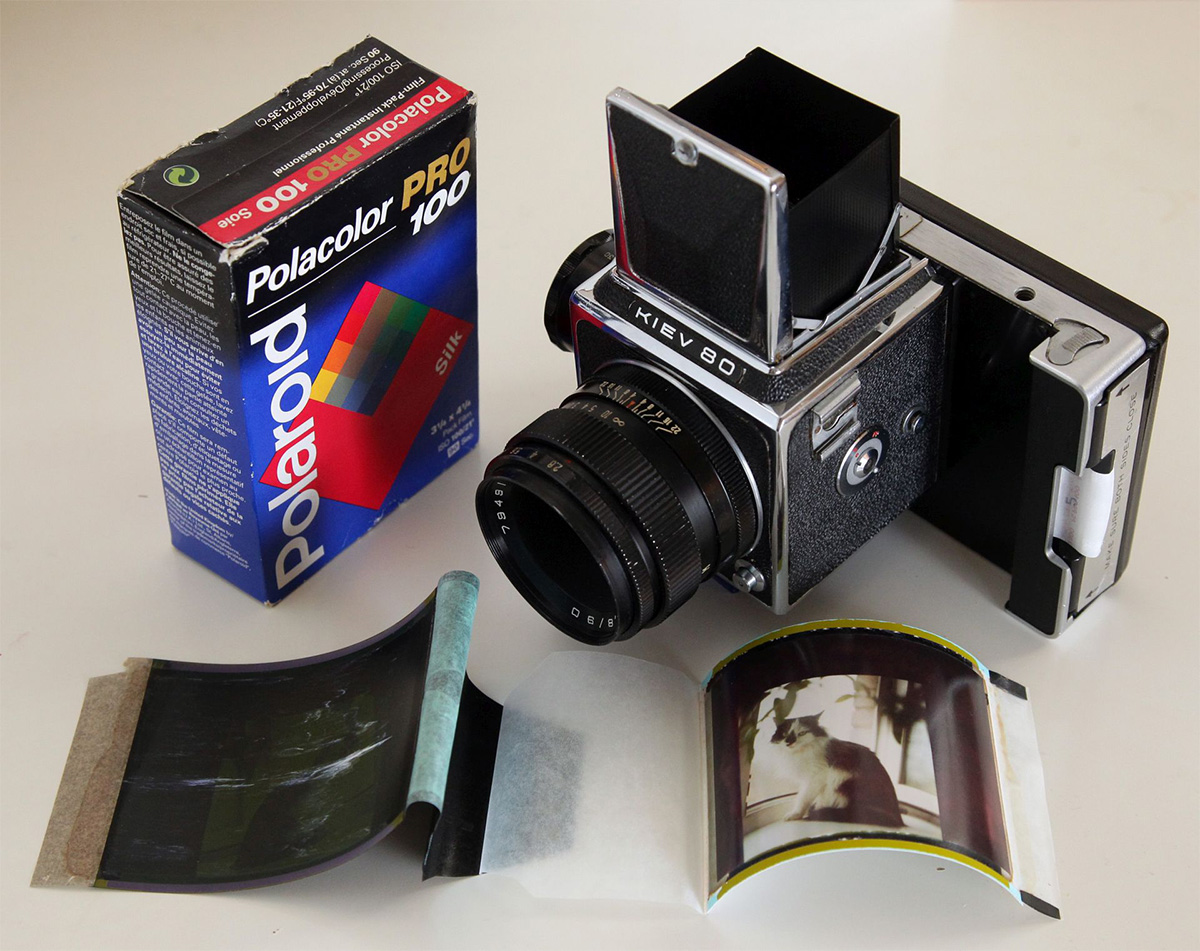
Part 6: The Implementation of the Instant Camera
In the sixth part of the history of photography, we’ll cover the trend of the instant photo. In 1976, Kodak produced one of the first instant camera models, the Photokina, which was part of its EK series. After a patent dispute with the company Polaroid, however, they had to halt production.
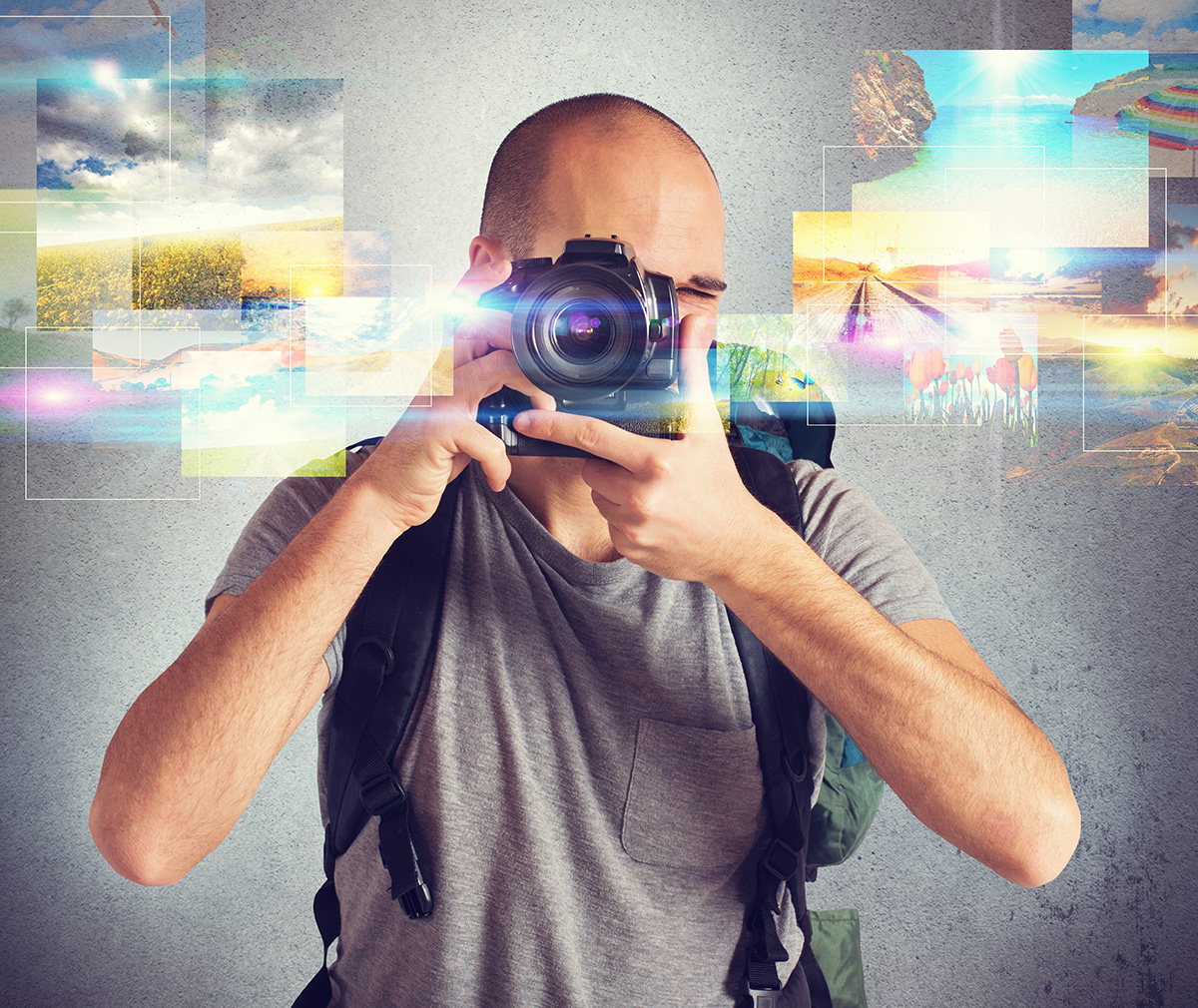
Part 7: The Progression of the Digitalisation of Photography
In 1991, Dycam presents the first “real” digital camera, the Model 1, at the CeBIT expo. One year later, well-known companies like Kodak and Rollei follow suit. In part seven, you’ll learn everything there is to know about the digitalisation of photography.
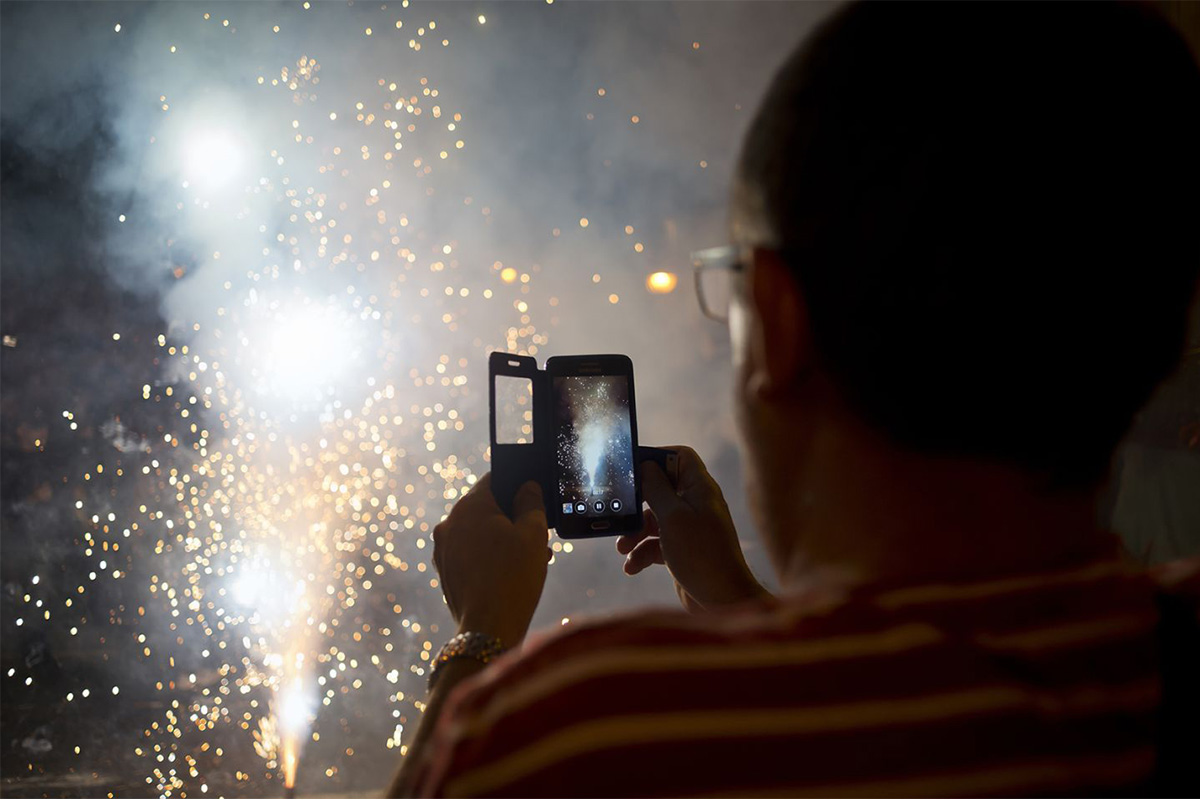
Part 8: The Change of Everything at the Turn of the Millennium: Smartphone Cameras
In the 8th part of the history of photography, we’ll cover the topic of smartphone cameras. Japan introduced the first camera phone in 1999, but it took another three years until they appeared the German-speaking part of the world. In the year 2002, three models came to market at the same time: the Nokia 7650, the Panasonic EB-GD87, and the Sharp GX10.
